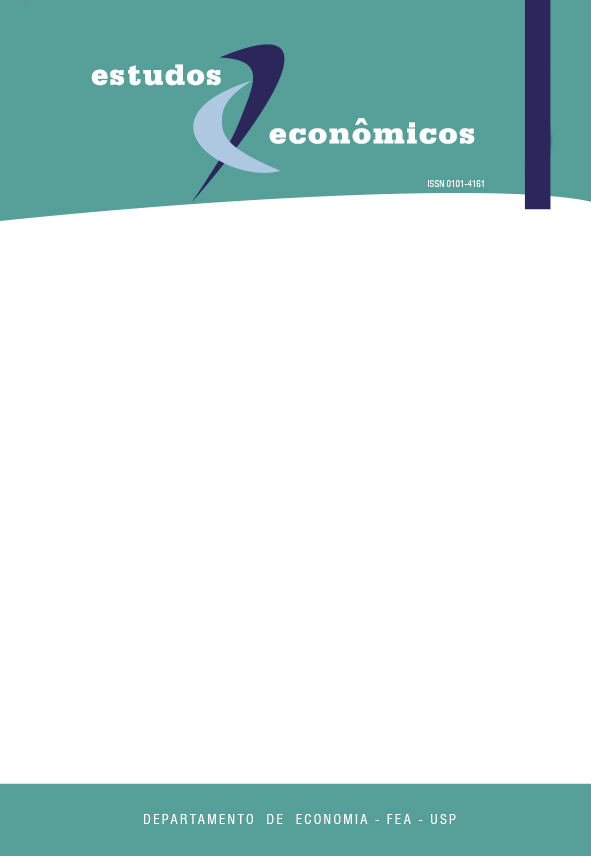Posse de escravos e estrutura da riqueza no agreste e sertão de Pernambuco: 1777-1887
DOI:
https://doi.org/10.1590/S0101-41612003000200005Keywords:
Slavery, Brazil, slave labor, Brazilian NortheastAbstract
The article is a progress report on an on-going research program on slavery in the Brazilian Northeast. The characteristics of slave labor outside the coastal sugar zone of Pernambuco province are investigated. It is found that there were significant slave holdings in the cattle-raising, cotton-growing regions of the province, in the backlands, contrary to a commonly-held belief that those activities were not suited to be performed by slave labor. Slave holdings were generally small; and the demographic profile of the slave population was that expected of a labor force productively used by profit-maximizing slave-owners. The proportion of the value of slave holdings in total assets is surprisingly high, and does not tend to decrease after the sharp increase in slave prices in the second half of the nineteenth century. Those findings add to the increasing evidence, in the literature, on the importance of small slave holdings in Brazil.Downloads
Downloads
Published
Issue
Section
License
Copyright (c) 2003 Flávio Rabelo Versiani, José Raimundo Oliveira Vergolino

This work is licensed under a Creative Commons Attribution-NonCommercial 4.0 International License.
By submitting an article, the author authorizes its publication and attests that it has not been submitted to any other journal. The original article is considered final. Articles selected for publication are proofread for grammatical and orthographic errors. The journal does not pay rights for published articles. The Institute of Economic Research from the School of Economics, Business and Accounting of the University of São Paulo (Instituto de Pesquisas Econômicas da Faculdade de Economia, Administração e Contabilidade da Universidade de São Paulo) owns the journal's copyright.




